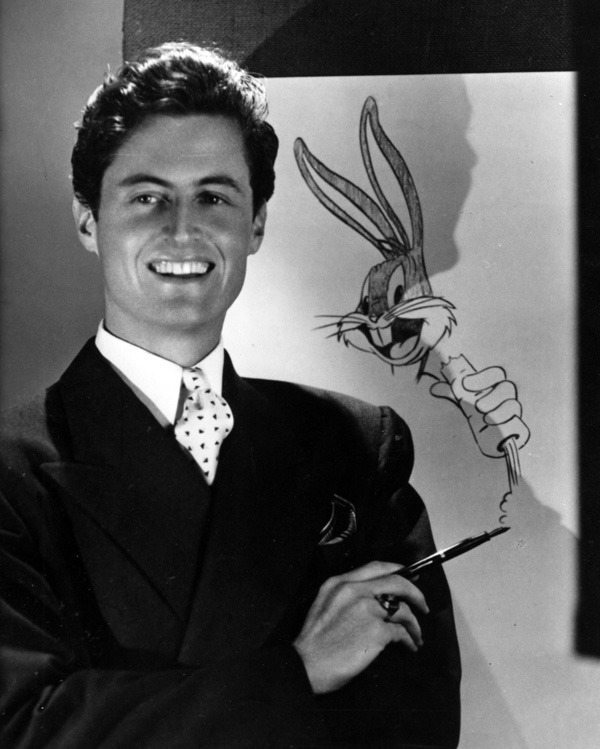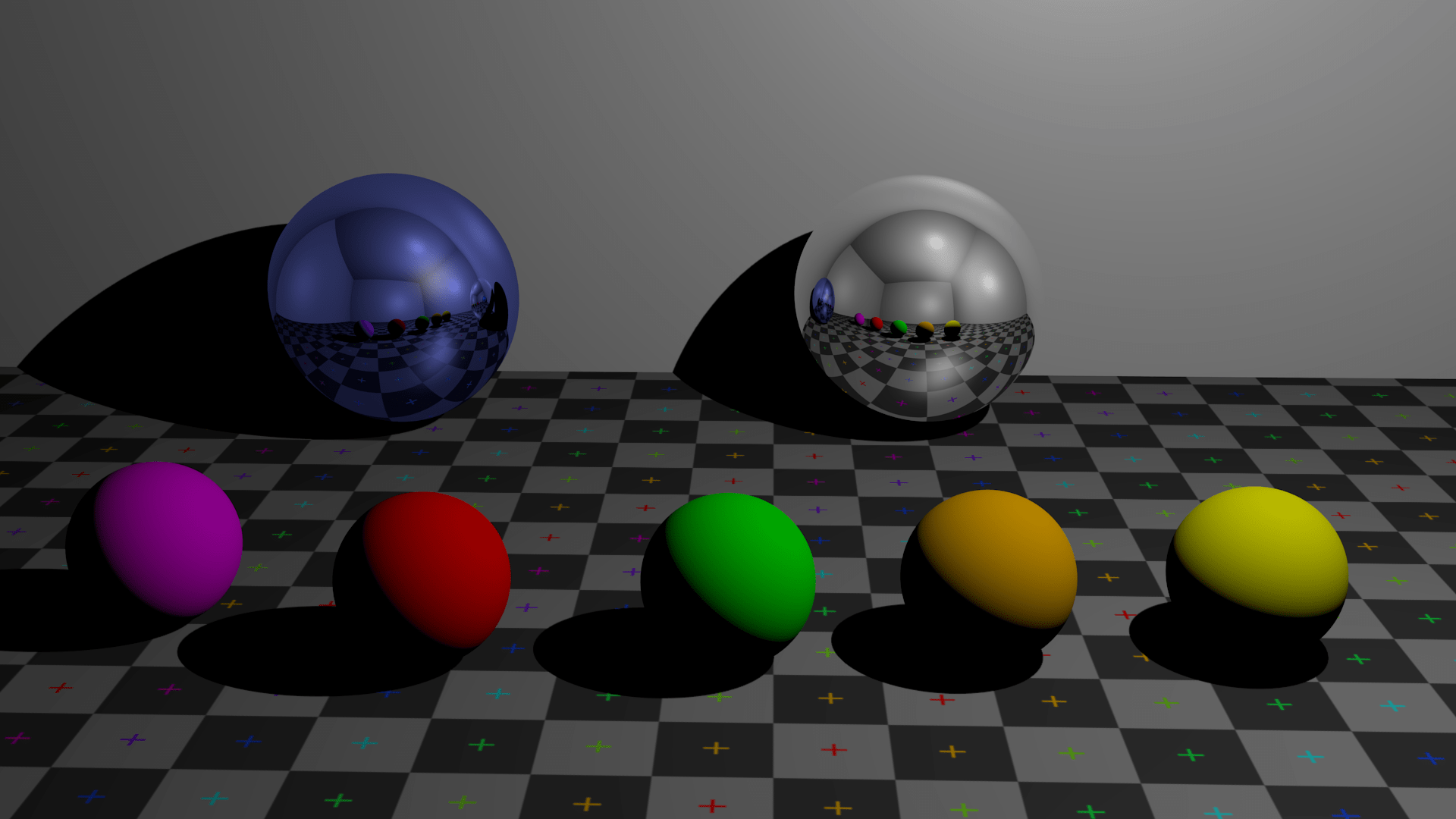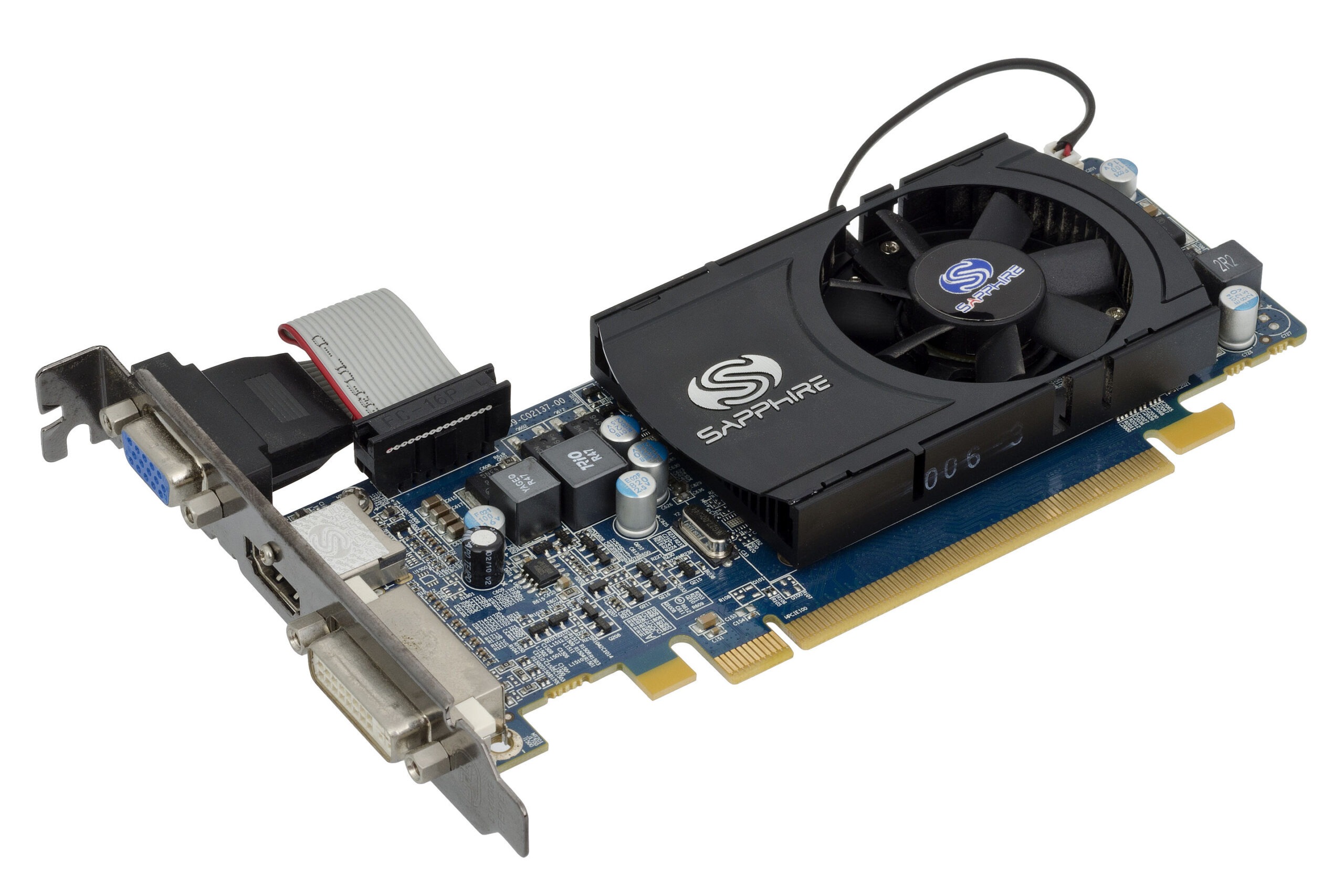Animation, a beloved art form, has experienced a profound transformation over the past century. From the early days of hand-drawn frames to the sophisticated realm of 3D computer-generated imagery (CGI), the journey of animation is not just a tale of technological advancement but also a story of creative evolution. Let’s delve into how the animation industry made the significant switch from the traditional hand-drawn techniques to the modern, technology-driven CGI.
(Photo: Bob Clampett 2D Animator on Looney Toons)
What is 2D Animation Versus 3D Animation?
The Early Days of Animation Was A Hand-Drawn World
The story of animation begins in a world where every frame was a product of human touch, a testament to the meticulous craftsmanship of artists. In these early days, animation was not just an art form but a labor of love, defined by hand-drawn techniques that laid the foundation for an entire industry.
The origins of animation can be traced back to the early 20th century, with hand-drawn animation being the primary method. Pioneers like Walt Disney and Max Fleischer brought to life characters and stories frame by frame, using nothing but pencils, papers, and their vivid imaginations. Iconic films like Disney’s “Snow White and the Seven Dwarfs” (1937) were products of this labor-intensive process, requiring thousands of hand-drawn and painted cels.
The Magic of the First Animations – The journey into animation starts with simple yet ingenious devices like the zoetrope and the flipbook in the 19th century. These gadgets created the illusion of motion, a concept that would evolve into the art of animation. The first true animated films used hand-drawn images photographed one frame at a time, with each frame slightly different from the last to create movement.
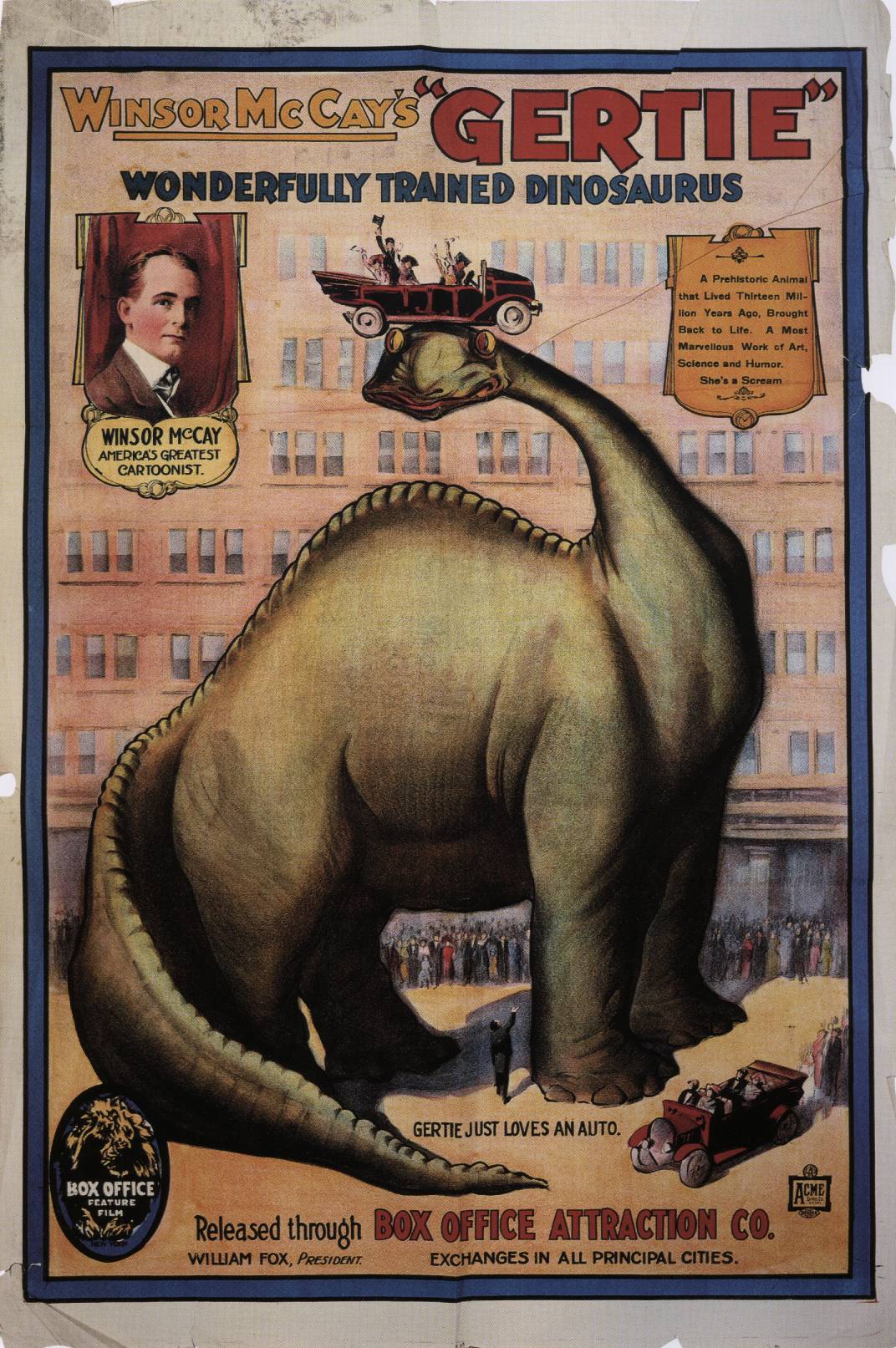
Pioneering Spirits: The Icons of Early Animation – Pioneers like Winsor McCay, with his 1914 film “Gertie the Dinosaur,” showed the potential of animation as a storytelling medium. But it was Walt Disney and Ub Iwerks who would catapult the art form into mainstream consciousness. Their creation, Mickey Mouse, debuted in “Steamboat Willie” (1928), a landmark moment in animation history, not just for its character but also for synchronizing sound with animated footage.
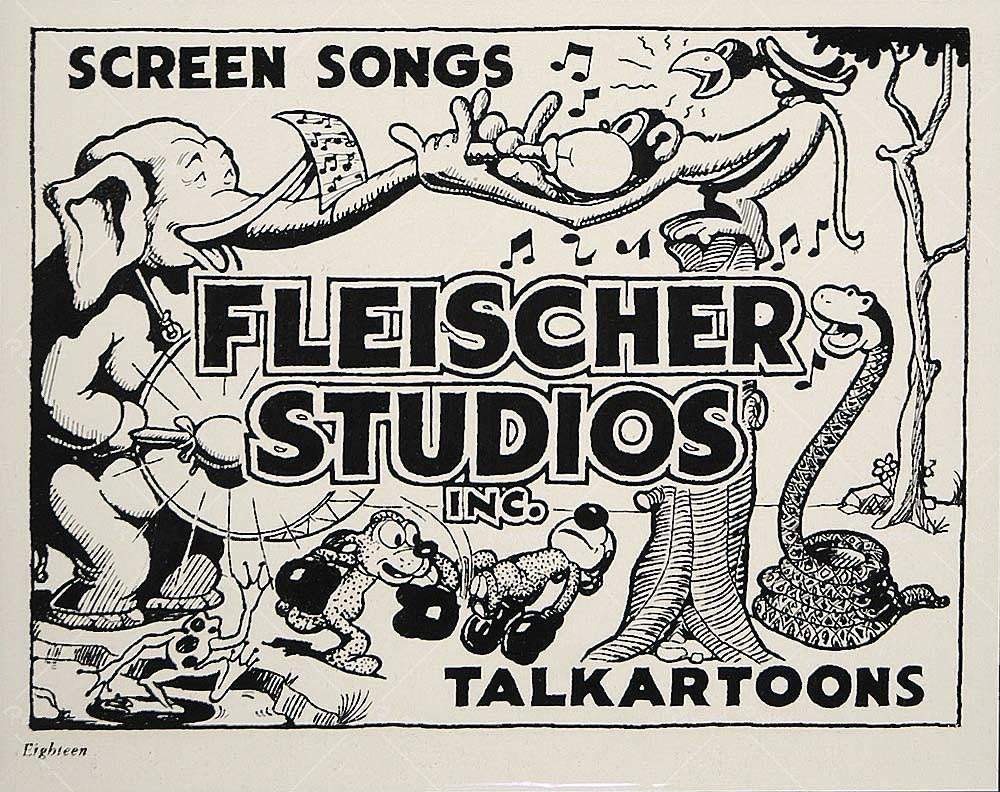
The Fleischer Brothers and the Birth of Rivals – The Fleischer Brothers, contemporaries of Disney, also played a crucial role in the development of early animation. They brought to life characters like Betty Boop and Popeye, introducing a style that was more surreal and experimental compared to Disney’s approach.
The Tedious Yet Rewarding Process of Hand-Drawn Animation – Hand-drawn animation was a painstaking process. Animators would draw every frame on paper, which were then traced onto celluloid sheets (cels) and painted. A single minute of animation could involve up to 1,440 individual frames. Studios like Disney pushed the boundaries of this art form with full-length feature films like “Snow White and the Seven Dwarfs” (1937), which required the creation of hundreds of thousands of frames.
Technological Innovations in Traditional Animation – Despite the labor-intensive process, these early animators were not without technological aid. The multiplane camera, for instance, gave depth to animated scenes, creating a more immersive experience. Disney’s “Fantasia” (1940) showcased this technology with its complex, layered visuals.
Animation During the War Years – During World War II, animation found a new role in propaganda. Studios churned out works that supported the war effort, utilizing the accessible and engaging nature of animation to communicate with the public.
The Influence of Hand-Drawn Animation – The influence of these early animations extends beyond their historical significance. They set the standards and styles that would define the genre. The principles of animation developed during this era, like squash and stretch, anticipation, and exaggeration, are still fundamental to the craft, regardless of technological advancements.
The early days of hand-drawn animation were a period of creativity, experimentation, and hard work. The legacy of these pioneers is not just in the characters and stories they created, but in the enduring appeal of animation as a unique blend of art and storytelling. This era laid the groundwork for all that animation has become today and continues to inspire animators and artists around the world.
Exploring A New Frontier With the Advent of Computer Technology
The first major shift towards modern animation began with the introduction of computer technology. In the 1970s and 1980s, computers started to play a supporting role in the animation process. The advent of digital ink and paint in the late 80s, seen in movies like Disney’s “The Little Mermaid,” marked a significant departure from traditional methods, as it allowed animators to color their drawings digitally.
The release of Pixar’s “Toy Story” in 1995 marked the beginning of a new era in animation. This first-ever feature-length film created entirely using computer-generated imagery (CGI) was not just a technical milestone but a cultural phenomenon. Let’s explore how this CGI revolution unfolded and transformed the landscape of animation.
The Breakthrough of Toy Story
“Toy Story,” directed by John Lasseter, was a game-changer in every sense. For the first time, audiences witnessed a world where every element – from the characters to the environments – was created digitally. This film showcased the vast potential of CGI, offering a new level of detail, depth, and realism that hand-drawn animation could not achieve. The success of “Toy Story” proved that CGI was not just a novel technology, but a powerful storytelling medium.
Advancements in CGI Technology
The leap to CGI was supported by significant advancements in computer technology. Software developments allowed animators to create more detailed models and textures, while advancements in rendering technology enabled the creation of more lifelike and complex animations. Companies like Pixar, with their RenderMan software, were at the forefront of these innovations.
The Influence of Pixar and DreamWorks
Following the success of “Toy Story,” Pixar became a household name, leading the charge in CGI animation with subsequent hits like “Finding Nemo,” “The Incredibles,” and “Up.” DreamWorks Animation also emerged as a major player, with successful CGI films like “Shrek” and “Madagascar,” pushing the boundaries of what CGI could achieve in terms of humor, character design, and storytelling.
The Versatility of CGI
One of the key strengths of CGI is its versatility. It allowed for the creation of a wide range of visual styles – from the hyper-realistic animals in “The Lion King” (2019) remake to the stylized worlds seen in “Spider-Man: Into the Spider-Verse.” CGI also opened the door to new genres and storytelling possibilities, such as detailed fantasy worlds and complex action sequences.
CGI and the Blending of Genres
CGI technology blurred the lines between live-action and animation. Films like “Avatar” and “The Jungle Book” (2016) showcased how CGI could be seamlessly integrated with live-action footage, creating immersive cinematic experiences.
The Rise of 3D Animation
The CGI revolution also led to the rise of 3D animation, where characters and environments are created in a three-dimensional space, offering a more realistic and immersive experience. This was a departure from the 2D planes of traditional animation, allowing for more dynamic camera movements and detailed character expressions.
The Challenges and Criticisms
Despite its success, the rise of CGI also brought challenges. The shift led to concerns over the future of traditional hand-drawn animation and the homogenization of visual styles in mainstream animated films. Additionally, the high cost of CGI production became a barrier for smaller studios.
The Future of CGI in Animation
The CGI revolution, heralded by “Toy Story,” was more than a technological triumph; it was a pivotal moment in the art of animation. CGI expanded the animator’s toolkit, allowing for unprecedented levels of creativity and expression. As we look forward, the potential of CGI in animation continues to grow, promising new worlds and stories that can only be limited by the imagination.
Today, CGI is an integral part of the animation industry, with continuous advancements in technology paving the way for even more impressive visual feats. The integration of artificial intelligence and virtual reality in animation promises to push the boundaries further, creating new possibilities for storytelling and viewer engagement.
The Role of Software and Hardware Advancements
The Future is a Blend of Old and New
In the ever-evolving world of animation, the journey from hand-drawn 2D animation to sophisticated 3D computer-generated imagery (CGI) is not a story of replacement but rather one of complementation and coexistence. Today’s animation landscape is a rich tapestry that weaves together the old and the new, blending traditional 2D artistry with groundbreaking 3D technology.
As technology continues to evolve, so too will the methods and styles of animation. However, the artistic spirit and storytelling heart of 2D animation will continue to be revered and preserved. The future of animation lies in an expanding horizon where new technologies like AI, VR, and AR merge with traditional storytelling techniques, creating experiences that are more immersive and interactive than ever before. Tracing the evolution from hand-drawn to 3D computer-generated imagery reveals the remarkable technological strides in animation. Building on this momentum, our article What Is the Future of Virtual Reality in Animation? delves into the next frontier of this evolution, highlighting how virtual reality is poised to redefine the boundaries of animated storytelling and viewer engagement.
